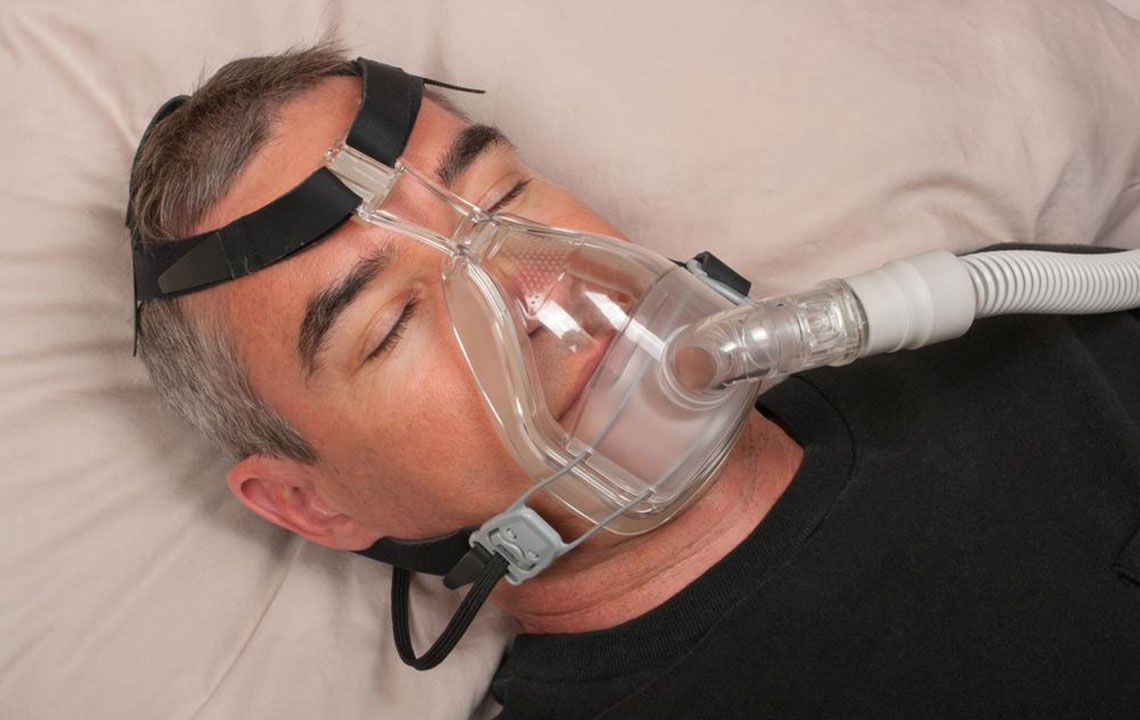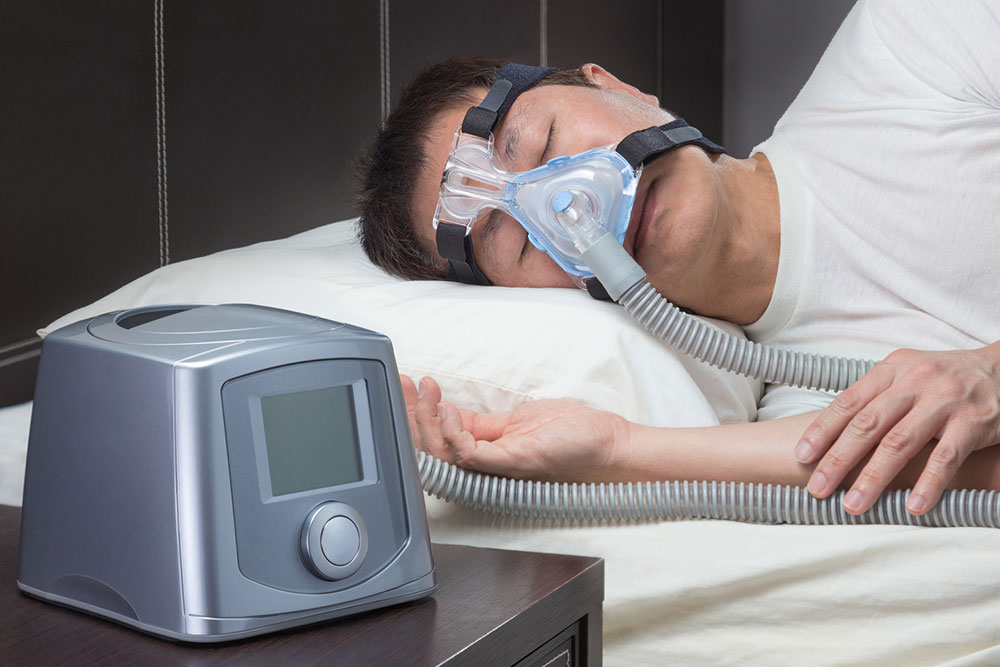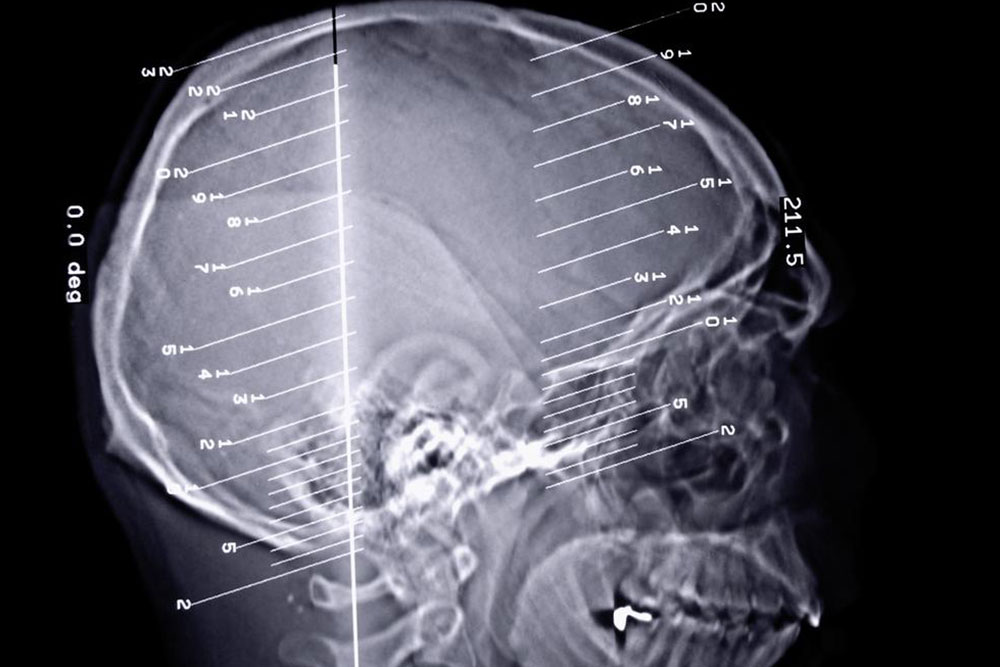Understanding Sleep Apnea: Causes, Risks, and Treatments
Sleep apnea is a common yet often undiagnosed disorder that causes breathing interruptions during sleep, leading to serious health risks including increased cancer risk. Treatments like CPAP machines, lifestyle changes, dental devices, and surgery are available depending on severity. Recent research highlights the urgent need for awareness, diagnosis, and medical intervention to prevent long-term complications and improve quality of life.

Understanding Sleep Apnea: Causes, Risks, and Treatments
Sleep apnea is a widespread sleep disorder characterized by interrupted breathing during sleep, leading to daytime fatigue, loud snoring, and brief breathing pauses at night. It can occur up to 30 times per hour without the person realizing it. Many affected individuals mistakenly believe they sleep well, but untreated sleep apnea is a serious health concern. It reduces oxygen flow to vital organs, causing symptoms like gasping and awakening. Emerging research links sleep apnea to increased cancer risk, stroke, heart disease, diabetes, and obesity. Nearly 28.5 million Americans are affected, many undiagnosed.
Treatment options focus on restoring normal breathing. Lifestyle modifications include sleeping on your side, avoiding alcohol and smoking before bed, and using supportive pillows. Medical devices like CPAP machines are effective for moderate to severe cases, helping keep airways open. Dental oral appliances are suitable for mild cases by repositioning the jaw and tongue. Surgery may be considered for resistant cases, though evidence varies. Proper diagnosis often involves sleep studies at specialized centers.
Recent studies from France and Spain evaluated 7,000 patients and found those with severe sleep apnea faced a 65% higher risk of cancer. Another report indicated individuals with breathing irregularities had nearly five times higher cancer mortality. These findings remain significant even after accounting for common risk factors like age, smoking, weight, and lifestyle. Recognizing symptoms such as morning headaches, daytime drowsiness, and loud snoring is crucial. Weight loss, a balanced diet, and regular exercise can improve sleep quality and reduce risks.










